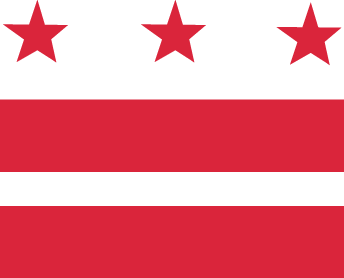Licensing DC Government Projects
DC Government open source code and content should be provided with the least restriction possible. This means avoiding constraints on how, when, or by whom code may be repurposed. Requirements for attribution should be avoided.
The following open source license and contributing texts should be applied to DC government open source projects, except where a compelling need for other provisions exists. When the project contains work performed by a contractor, ensure that copyright is either held by the District or that the contractor applies the same license to their contributions.
This “boilerplate” repository provides an example of their use.
License
District of Columbia Public Domain Dedication
Public Domain
This project is in the public domain within the United States. Additionally, the Government of the District of Columbia waives copyright and related rights in the work worldwide through the CC0 1.0 Universal public domain dedication.
CC0 1.0 Universal
This is a human-readable summary of the CC0 1.0 Universal Legal Code. Read the full text for more details.
No Copyright
The Government of the District of Columbia has dedicated the work to the public domain by waiving all of their rights to the work worldwide under copyright law, including all related and neighboring rights, to the extent allowed by law. You can copy, modify, distribute and perform the work, even for commercial purposes, all without asking permission.
Other Information
In no way are the patent or trademark rights of any person affected by CC0, nor are the rights that other persons may have in the work or in how the work is used, such as publicity or privacy rights. Unless expressly stated otherwise, the Government of the District of Columbia makes no warranties about the work, and disclaims liability for all uses of the work, to the fullest extent permitted by applicable law. When using or citing the work, you should not imply endorsement by the District of Columbia or any of its employees, contractors, or volunteers.
Contributing
Public Domain
This project is in the public domain within the United States, and copyright and related rights in the work worldwide are waived through the CC0 1.0 Universal public domain dedication. For more information, see LICENSE.md.
All contributions to this project will be released under the CC0 dedication. By submitting a pull request, you are affirming that the changes are yours to license and you are agreeing to comply with this waiver of copyright interest, or that the changes are already in the public domain.
